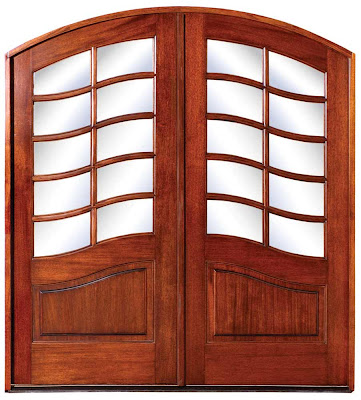 |
| Door |
We are all used to opening and closing doors on a daily basis. Unless you encounter a problem with the function of your doors, you probably don't give their operation and component make up much thought. I am continually contacted by attorneys seeking my advice on an injury that took place because of an improperly adjusted or malfunctioning door. In this article, I am simply discussing manually operated doors. Nothing fancy or automatic about them, the kind where you grab a lever, push a plate or bang on a bar to enter or leave a room or building. So, if you want to learn to communicate professionally and simply with your door expert or even your building manager, read on.
Doors are actually a pretty simple and early invention. They probably started with a couple of wide planks to enclose an opening to keep out the weather or separate your belongings from the animals. Modern door systems are much more complex, but still do the basics. They keep your stuff protected from the elements, animals and other people.
While this article is in no means meant to be exhaustive and highly technical, there are a few things that need identification in order for all of us to properly understand their functions and be able to effectively communicate information.
A basic door system is made up of a framed opening, hinges, door, and door latch or lock. As separation and security requirements increase, the door system begins to increase in complexity. The basic door is either considered an unrated fire separation component or a rated fire separation component.
 |
| Door |
 |
| Door |
 |
| Door |
 |
| Door |
 |
| Door |
 |
| Door |
 |
| Door |
 |
| Door |
 |
| Door |
 |
| Door |
 |
| Door |
 |
| Door |
 |
| Door |
 |
| Door |





















